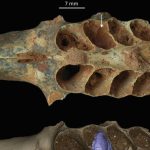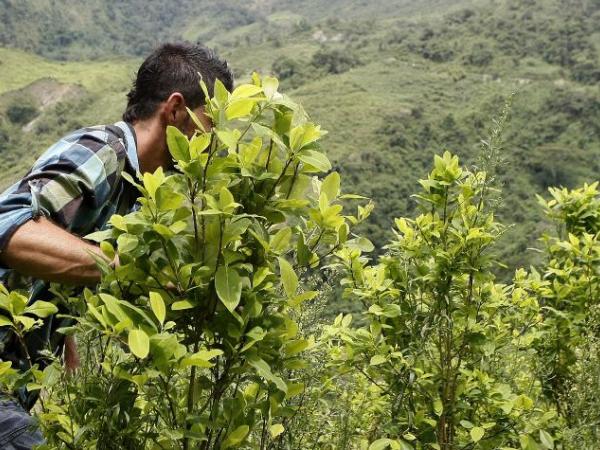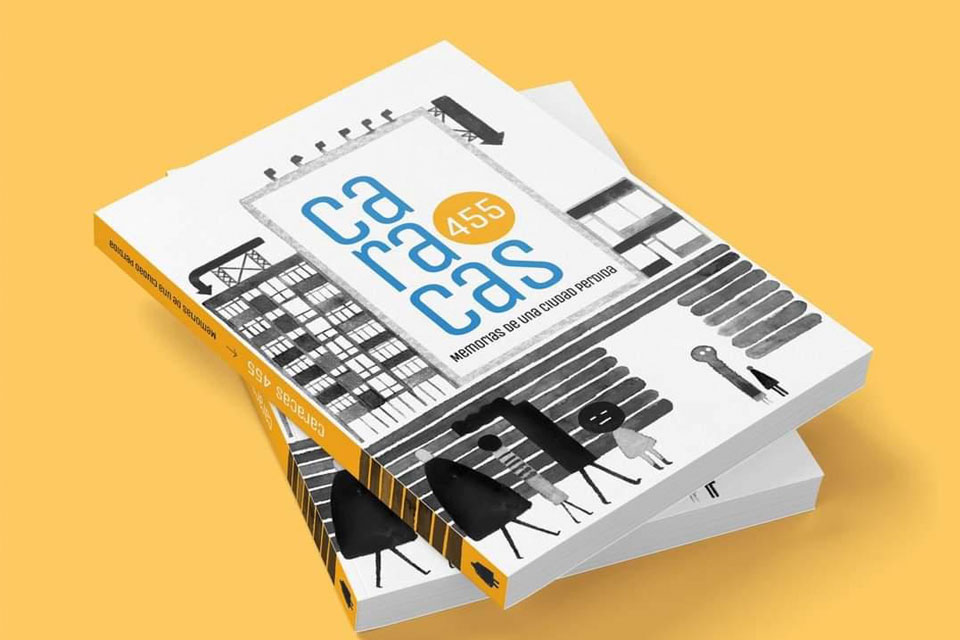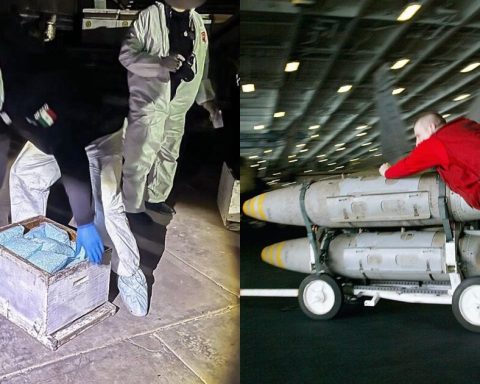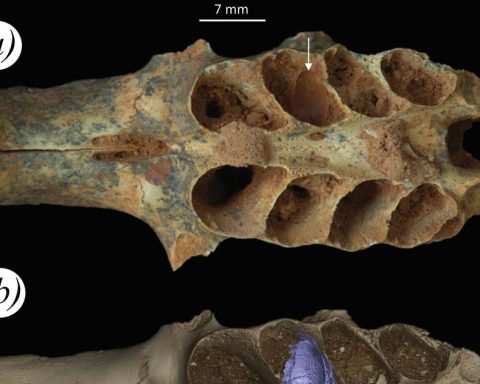the parana river considerably lowered its height in several ports of Entre Ríos in the last month of the year, after the rebound between October and November, and, although it remains above the levels registered in 2020 and 2021, the National Water Institute (INA) assured that the river course will continue to decrease its flow in January 2023.
Added to this is a drought classified as “historical” and “the worst in the last 60 years according to provincial records”, with “devastating” effects; and little or no rain throughout the Entre Ríos territory since 2021.
The historical drop began in March 2020, a year later it recovered an upward trend without reaching normality, but fell again at the end of 2021, and it caused notorious changes in the environmental, economic, productive and social life of Entre Ríos.
It affected the fish fauna by leaving the floodplain (where fish shelter, feed, reproduce and grow) dry; it produced inconveniences in the irrigation of crops and complicated the industrial productions that need to capture water.
It also increased the problems of fires on the islands and those of water pollution, since the river’s capacity to dilute crude or industrial tributaries was reduced.
Together with the rest of unfavorable weather conditions crops were affectedgenerating smaller plants, delays in nitrogen fertilization, a delay in growth, and even in specific sites partial and total losses were detected.
The historic downspout began in March 2020, a year later it recovered an upward trend without reaching normality, but it fell again at the end of 2021, and caused notorious changes in the environmental, economic, productive and social life of Entre Ríos.
Animal production, with anticipated animal sales and a drop in cattle body condition, and derivative sectors such as dairy added to the affected economies.
In Paraná, the provincial capital, the river dropped 1.05 meters in the last 20 days and has a height of 1.73 meters, below the low water level (2.30) and 1.13 meters less than its average height in December (2.86 meters).
In the northwest of Entre Ríos, in La Paz, the Paraná river fell 1.27 meters and reached a height of 2.41 meters this Sunday, behind its low water limit (3.20 meters) and the 3.85 that the Argentine Naval Prefecture (PNA) registered as an average between 1996 and 2021.
Where there was also a strong drop in the height of the river (1.10 meters) was in the port of Diamante, further south on the Entre Ríos coast, with a level of 2.04 meters, below 2.40 meters. of the limit of low waters and of the historical average of 3.6 of the last 25 months of December.
On the other hand, in Victoria, the Paraná river is at 3.20 meters and has remained stable for the last month, with a height greater than the low waters (2.60), although below the average for this month (3 .73).
In addition, the INA foresees that the descent in heights will continue in the coming weeks, with 1.41 meters in Paraná forecast in January; 2.11 in La Paz; 1.50 meters in the port of Diamante; and 2.55 meters in Victoria, some 80 kilometers further south.










